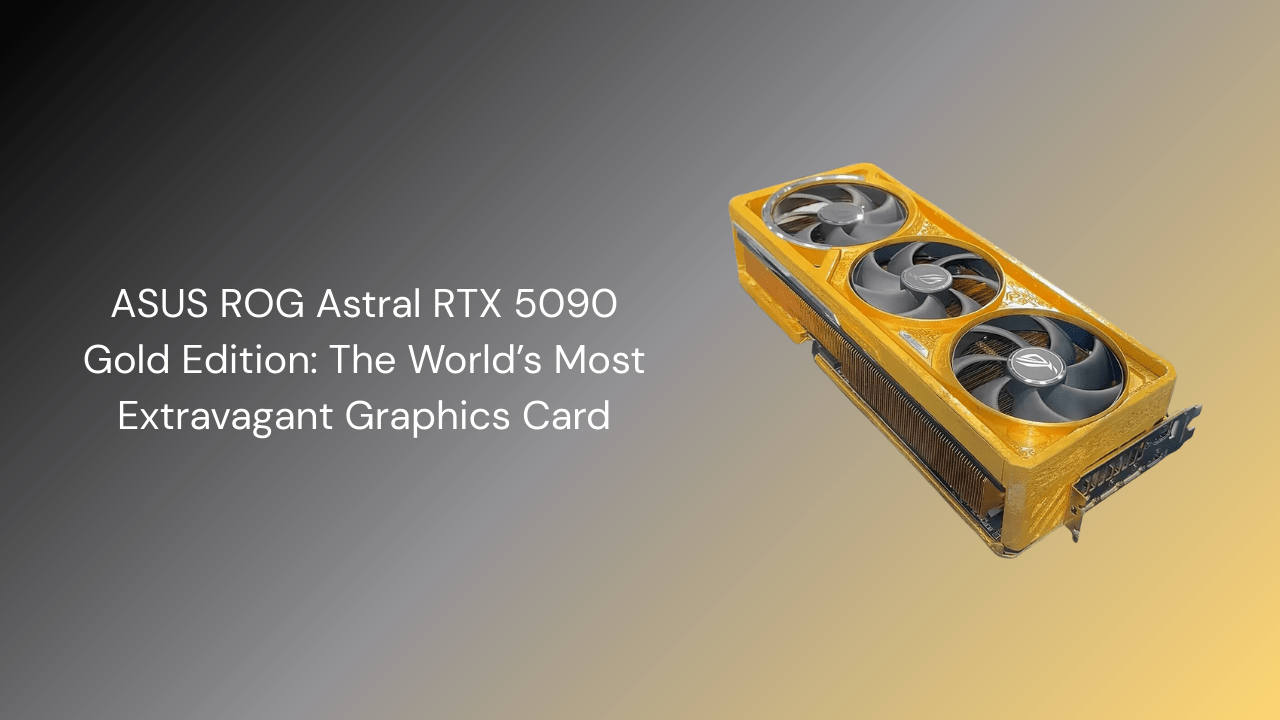NVIDIA has introduced a new version of its flagship GPU exclusively for China, the RTX 5090 D V2. On the surface it looks very similar to the standard RTX 5090 D, offering the same 21,760 CUDA cores, fourth-generation ray tracing capabilities, fifth-generation Tensor cores, and a 575-watt TDP. The difference lies in its memory configuration. Instead of the full 32GB of GDDR7 memory on a 512-bit bus, the V2 model comes with 24GB on a narrower 384-bit interface, which reduces bandwidth from 1.79TB/s to 1.34TB/s. The clock speeds remain the same, and the card launched in China for 16,499 Yuan, roughly $2,295.
For gamers, this reduction in memory has little impact. Benchmark testing shows that in most 4K gaming scenarios and synthetic tests like 3DMark Fire Strike and Time Spy, the RTX 5090 D V2 performs within 1 to 2 percent of the standard model. To the average player, the difference would be nearly impossible to notice.
The story changes when looking at professional workloads. In Blender, the V2 trails the original model by as much as 19 percent in the Junkshop render, while other tests show performance losses between 10 and 16 percent. In V-Ray, performance dips by about 7.5 percent in CUDA rendering and close to 20 percent when RTX path tracing is used. AI-focused workloads like LLaMA also show a decline of around 10 percent. These results highlight the impact of reduced VRAM and bandwidth in memory-intensive applications.
Interestingly, the V2’s pricing makes it a more attractive option for some buyers. While the official launch price matches the standard version, reports from Hong Kong retailers show listings between $700 and $1,400 less than the original RTX 5090 D. For gamers looking for the same level of performance in games without paying inflated secondary-market premiums, the V2 presents itself as a compelling alternative.
In the end, the RTX 5090 D V2 is a product built for a very specific market. It manages to deliver nearly identical gaming performance while cutting down on memory to meet regulatory requirements. For professional creators and AI developers the compromises may be too steep, but for gamers in China it offers a chance to access high-end Blackwell power at a slightly more reasonable price.


